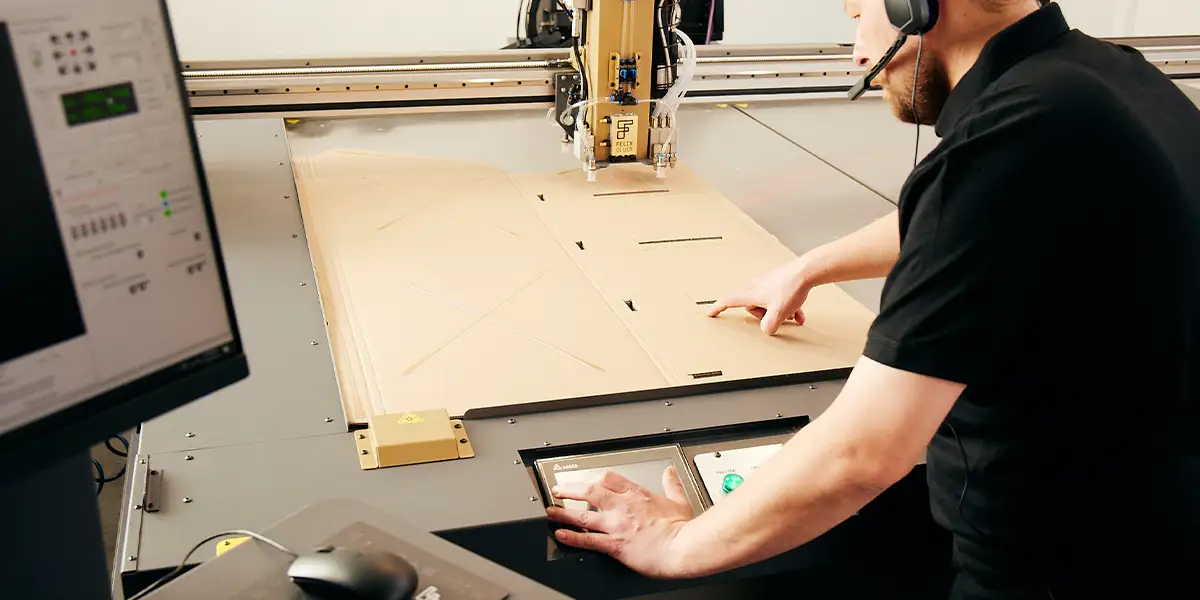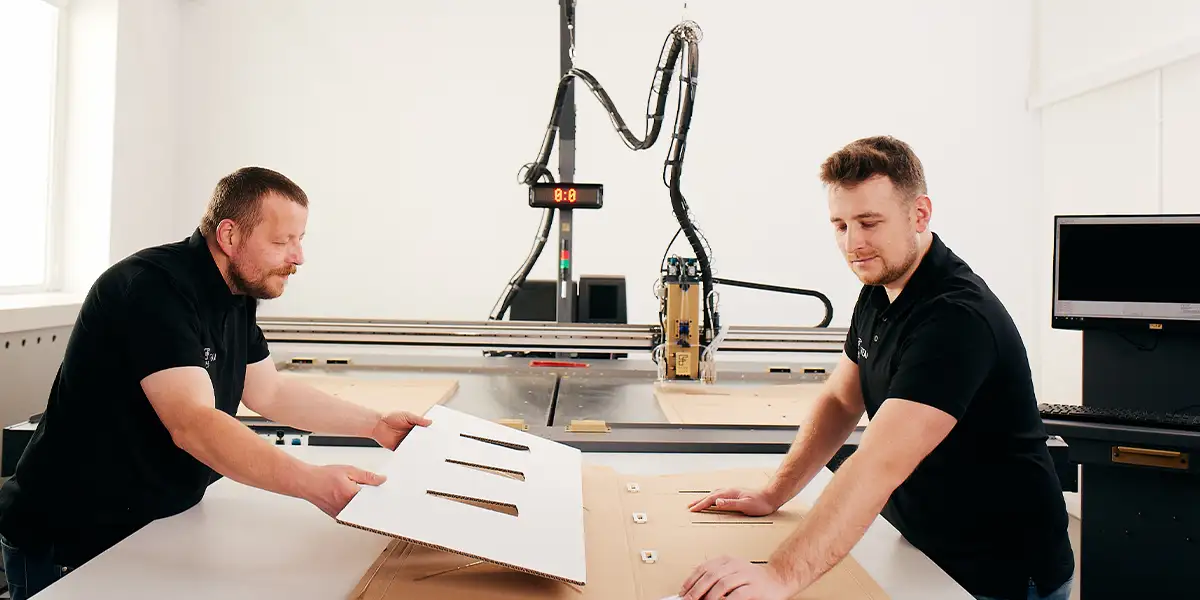
Top Seven Tips for Automated POS Display Gluing
Top Seven Tips for Automated POS Display Gluing

Top Seven Tips for Automated POS Display Gluing
Top Seven Tips for Automated POS Display Gluing
1. Select the Right Adhesive for Your POS Material
2. Invest in Precision-Engineered Gluing Machines

3. Master Glue Line Placement
4. Match Glue Viscosity to Production Speed
5. Design Displays with Gluing in Mind
6. Keep Maintenance and Safety Front of Mind
7. Monitor Performance and Optimize Continuously
Why Mahisa Packaging is the Go-To Choice for Automated POS Display Gluing
Final Thoughts
FAQ's
What is automated POS display gluing and why is it important?
Automated POS display gluing is the process of using machinery to apply adhesive on point-of-sale displays efficiently and accurately. It’s essential for ensuring consistent structural strength, fast production turnaround, and high visual appeal in retail marketing displays.
Which type of adhesive works best for automated POS displays?
Hot melt adhesives are generally preferred for automated POS gluing due to their fast-setting time and strong bond across various materials. Water-based adhesives are a great alternative for those prioritizing eco-friendly solutions.
What features should I look for in a gluing machine?
Look for precision glue dispensing, variable speed and temperature controls, programmable patterns, and integration with your existing automation setup. Machines from Mahisa Packaging include these advanced features along with smart diagnostics.
How can I ensure accurate glue line placement?
Use high-resolution sensors or vision-based systems to align glue lines with stress points and folds. Regular calibration and machines with real-time feedback systems—like those from Mahisa—help maintain accuracy.
Why is glue viscosity important in automated systems?
Glue viscosity must match the production speed to avoid clogs, drips, or weak bonds. Adjusting temperature, pump speed, and nozzle size ensures a clean, efficient application process.
How should I design POS displays for optimal gluing?
Design with glue application in mind by avoiding coated areas, providing sufficient bonding flaps, and including markers for nozzle alignment. Collaborative design with experts like Mahisa Packaging can streamline production.
What kind of maintenance do gluing machines require?
Regular cleaning of glue heads, replacing worn parts, and monitoring temperatures are essential for consistent performance. Mahisa provides operator training, preventive schedules, and remote support to maintain efficiency.
Mahisa Packaging Systems LLP
Office Address :
Service & Spares :
Sales Inquiry :
Sales phone: +91 98210 49426
+91 84510 70625
+91 72089 76891
Sales email: sales@mahisa.com
Social Links :
Need Help? Chat with us